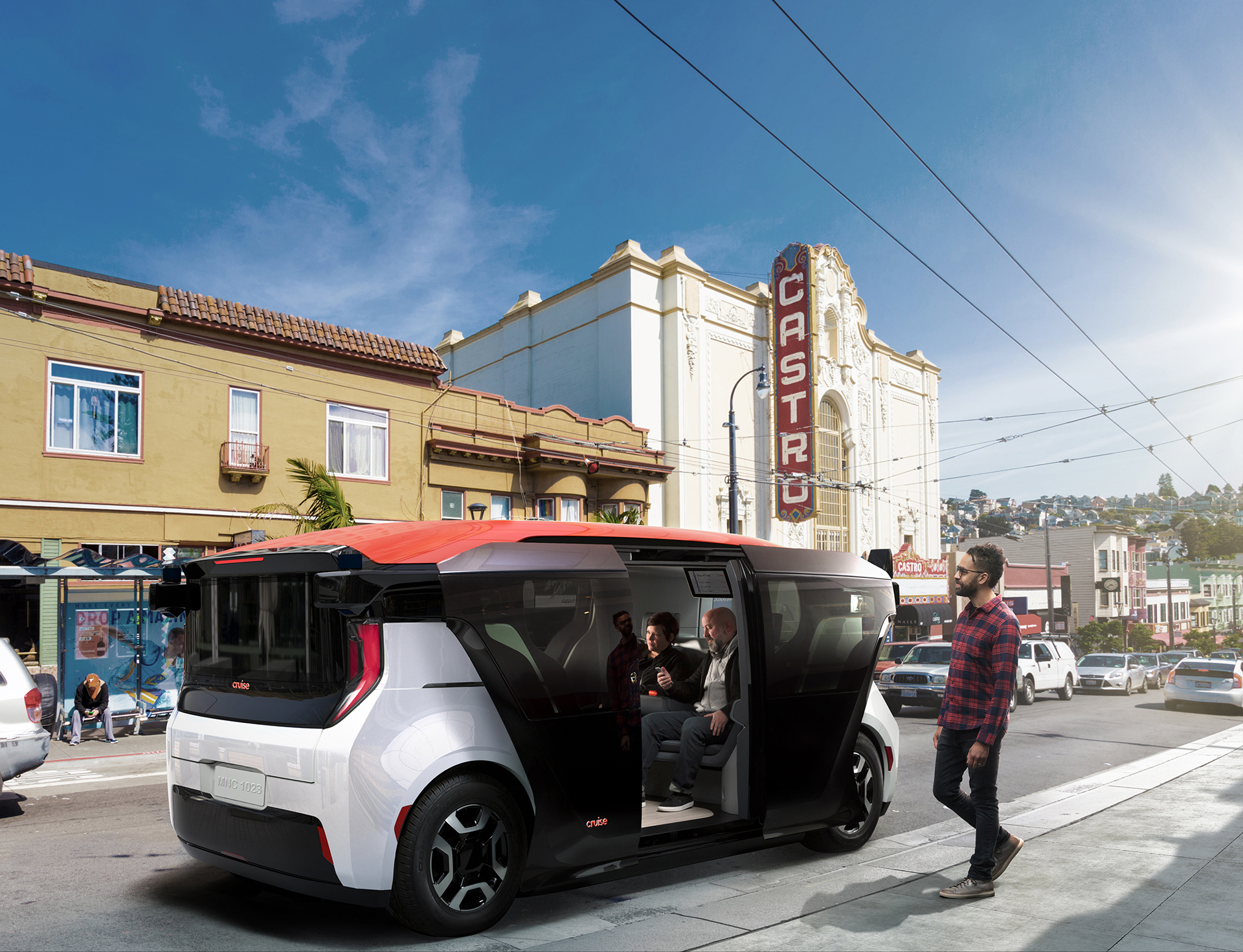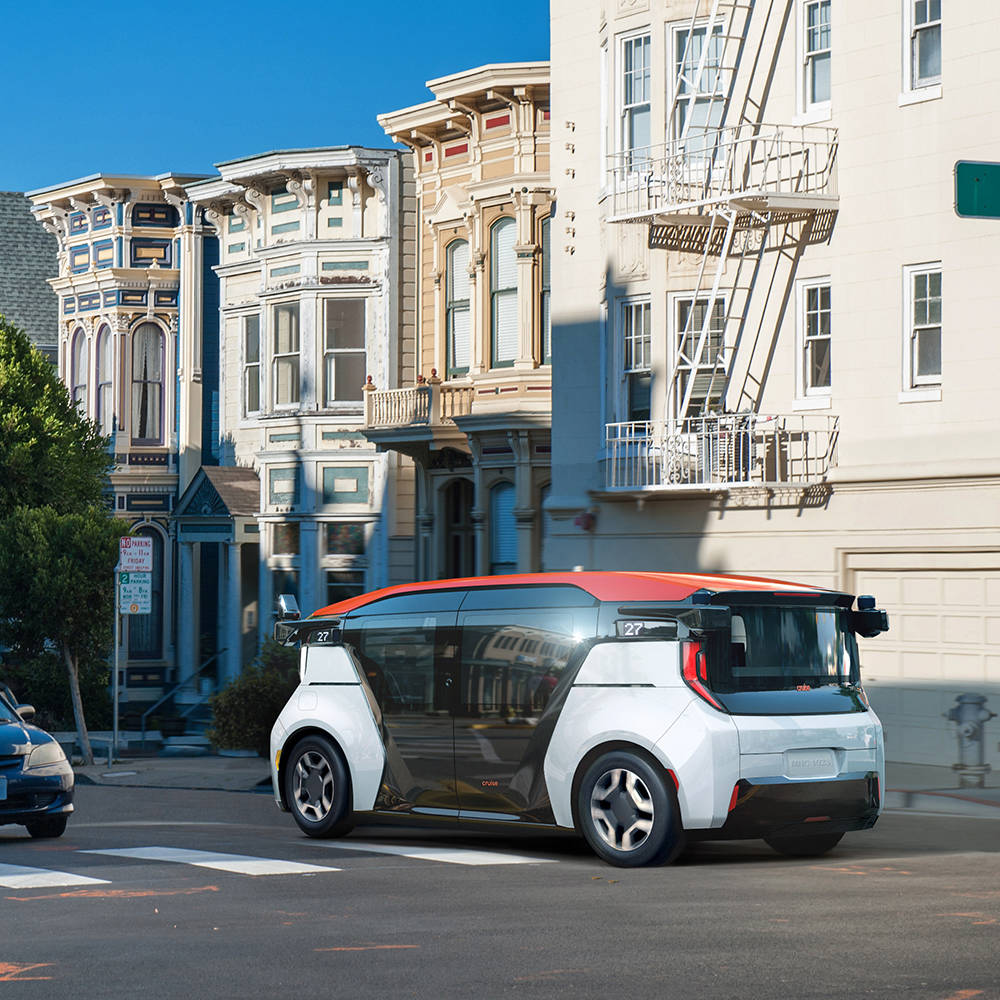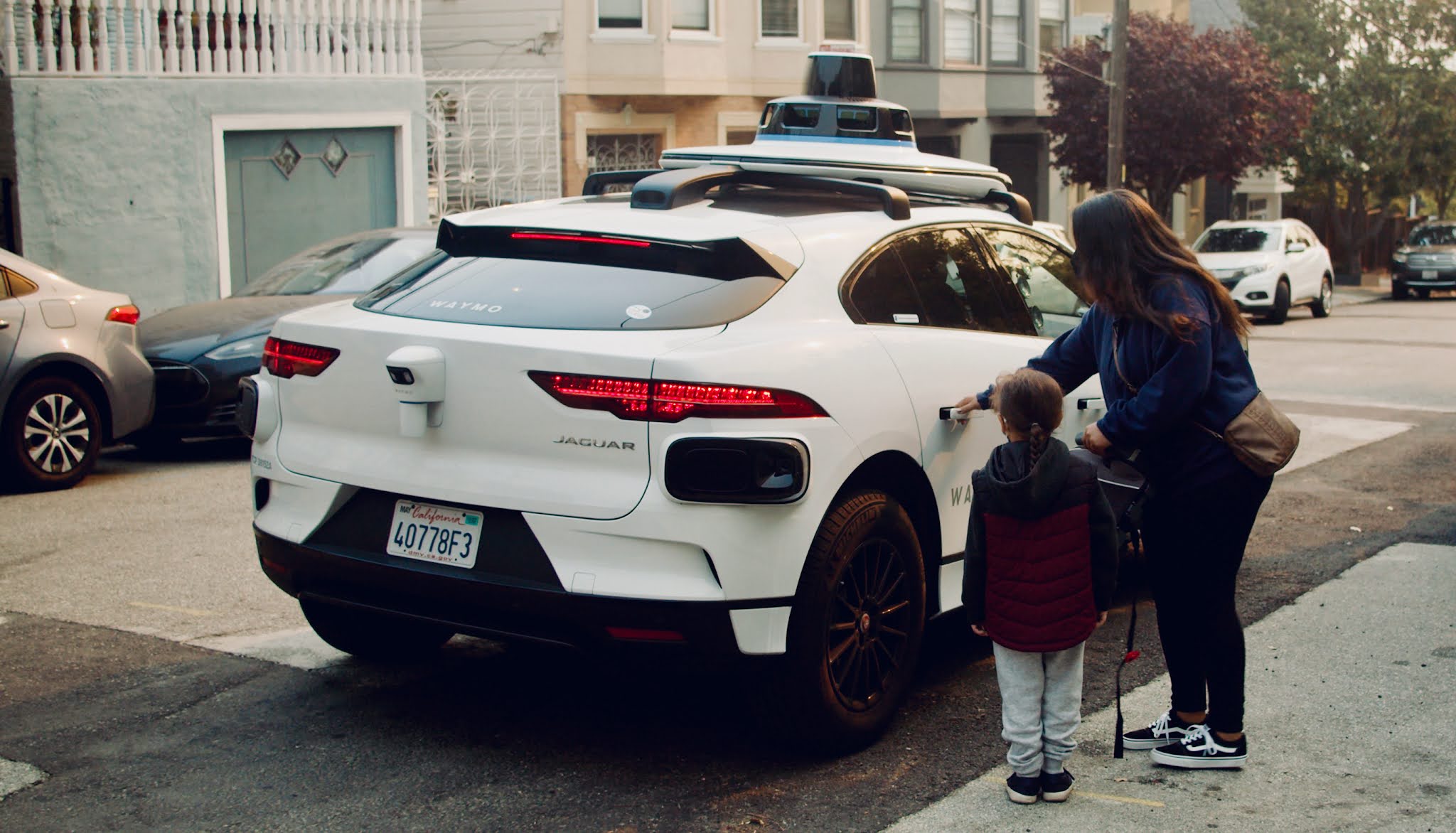General Motors’ Cruise self-driving subsidiary has recalled and updated the self-driving software in 80 vehicles, in order to comply with a regulator request.
The National Highway Traffic Safety Administration (NHTSA) recall notice for the 80 self-driving vehicles comes after a 3 June crash in San Francisco that left two people injured, Reuters reported.
San Francisco is a very important location for the startup, as Cruise has been testing its self-driving cars in the city for a while now. In June Cruise also secured the final permit needed for it to launch a commercial, robotaxi service in San Francisco.

Unprotected left turn
According to the NHTSA, the recalled software could “incorrectly predict” an oncoming vehicle’s path.
The NHTSA is taking a much more active role in scrutinising advanced driver assistance systems and autonomous vehicle systems. Last year, it ordered all car makers and tech companies to promptly report crashes involving self-driving vehicles.
So what exactly prompted the recall and software update?
“In a rare circumstance described below, a safety feature in the prior version of the subject ADS, known as the reflexive planner, caused the AV to hard brake while performing an unprotected left turn (“UPL”) when the ADS determined a hard brake was necessary to avoid a severe front-end collision with an oncoming vehicle or other road use,” said the regulator.
“Cruise has decided to submit this voluntary report in the interest of transparency to the public and based on its discussions with NHTSA,” it said. “Only one such incident has occurred in over 123,560 driverless UPLs performed prior to the updated software release.”
“The incident involved an oncoming vehicle travelling well above the speed limit in a restricted right-turn/bus-only lane as the Cruise AV was performing a UPL,” it added. “As the Cruise AV turned left and began traversing the intersection, the Cruise AV predicted that the oncoming vehicle, which was travelling approximately 40 mph in the 25 mph right-turn lane, would turn right and directly into the path of the Cruise AV.”
“After the Cruise AV braked to avoid colliding with the front end of the oncoming vehicle, the oncoming vehicle suddenly moved out of the right-turn lane and proceeded straight through the intersection colliding with the rear right quarter panel of the Cruise AV.”
“Cruise has determined that in this unique UPL situation, the ADS had to decide between two different risk scenarios and chose the one with the least potential for a serious collision at the time, before the oncoming vehicle’s sudden change of direction,” it said. “Cruise has determined this scenario would not recur after a software update installed on all affected vehicles on 6 July.”
After the software update on July 6, Cruise said it had gradually reintroduced unprotected left turns, which refers to turning left at an intersection with a solid green light that directs all traffic, rather than a designated green arrow just for turning vehicles.
Cruise noted a police report found the party most at fault for the June crash was the other vehicle, which was travelling at 40 miles per hour in a 25-mile zone.
Autonomous taxis
The California Department of Motor Vehicles has approved autonomous vehicle deployment permits for both Cruise and Alphabet’s Waymo.
In late June Cruise (which had been offering night-time rides to the general public in San Francisco in its driverless cars), began requiring passengers to pay a fare.

Cruise was not the only firm testing driverless vehicles in San Francisco.
Alphabet’s Waymo has offered free driverless rides to employees or members of a testing program in San Francisco.

Waymo has been working on autonomous driving technology for more than a decade and has been running fully driverless rides in Arizona for more than a year.
There is also another driverless startup, focused on goods transfers rather than passengers, called Nuro, which has a deployment permit to operate driverless cars in San Francisco.
![]()




